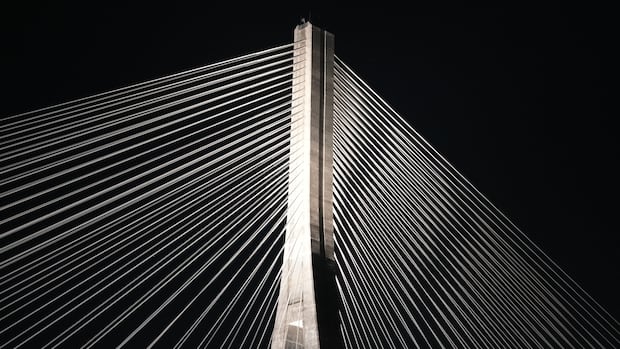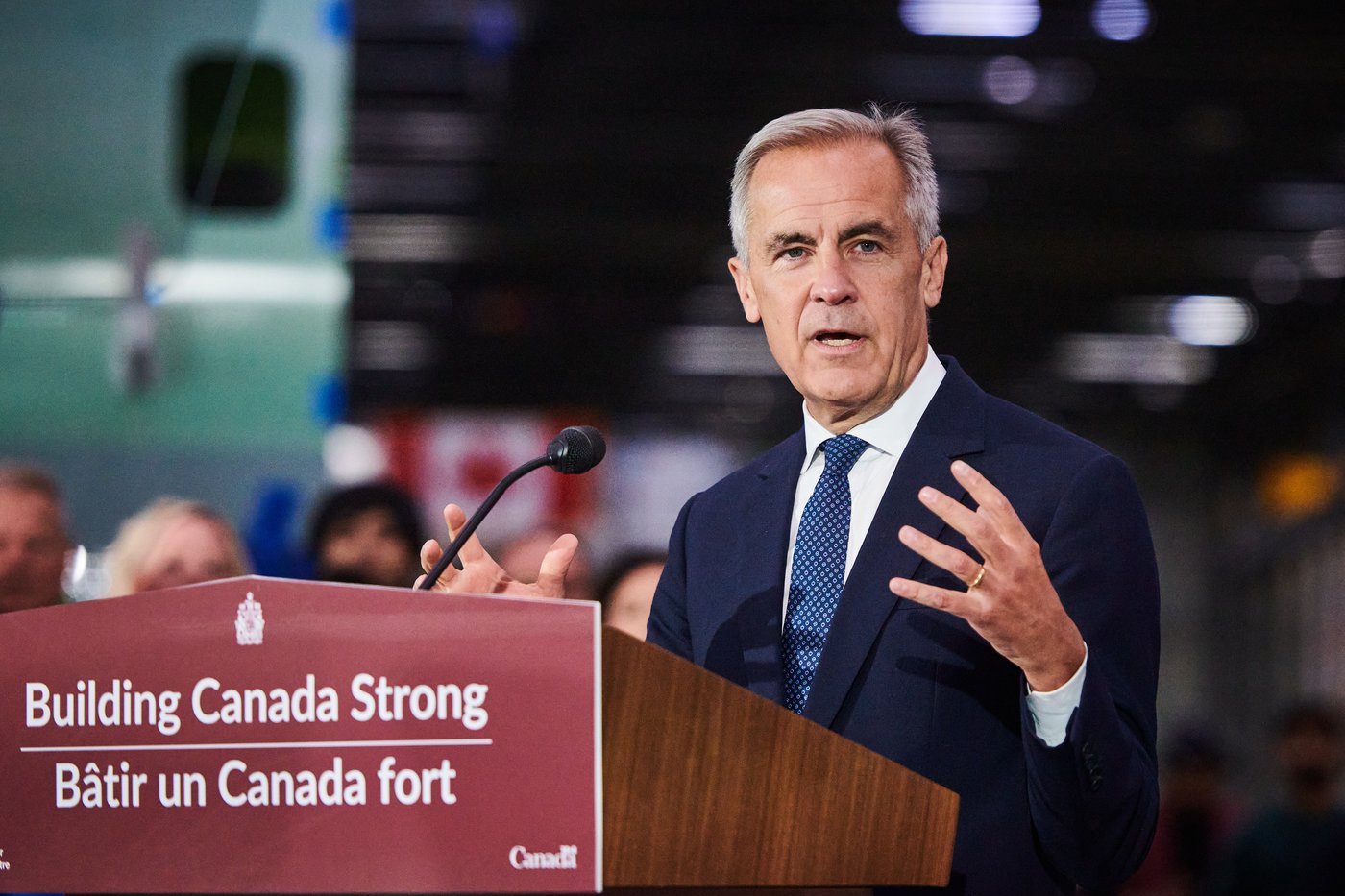Space program captures images of B.C.’s dry riverbeds as drought continues

Photos from the Canadian Space Agency are providing a new way of looking at the drought affecting much of British Columbia.
Images captured by the Sentinel-2 satellite compare water levels of several B.C. rivers in May 2023 and May 2024.
The infrared images reflect what scientists on the ground have already been saying: water levels through the province’s Interior and north are alarmingly low.
“It is a very impressive image to see,” said Corinne Bourgault-Brunelle, mission scientist with the space agency.
“You can see the turbidity in the water … and understand it quite easily.”
The photos were shared as part of the agency’s Surface Water and Ocean Topography (SWOT) mission, led by NASA and the French space agency CNES.
Its goal is to survey 90 per cent of Earth’s surface water, providing new data on how lakes, rivers, oceans and reservoirs are changing over time.
An image taken last week shows the Quesnel River is more narrow, with more of its banks exposed, compared to an image taken a year ago.
The latest photo shows patches of exposed riverbed and sandbars, indicating lower water levels in the tributary as it meets the upper Fraser River in Quesnel, about 600 kilometres north of Vancouver.


Satellite images tell a similar story in Fort St. James, B.C., where the water appears shallower as Stuart Lake feeds into Stuart River.
The Fort Nelson and Muskwa rivers also appear narrower, with more of their banks exposed compared with images taken in April 2023.
And the Nechako and Fraser rivers in Prince George are similarly sparse — something that can also be seen by residents wandering the sandy riverbed that is often flooding onto streets this time of year.


Dave Campbell of the B.C. River Forecast Centre says with drought conditions dating back to 2022 and an average snowpack lower than has ever been recorded, there’s a high level of concern.
The province released its latest snowpack bulletin on Thursday, which says levels are “extremely low,” averaging 66 per cent of normal for this time of year.
If the lack of rain continues, Campbell said, “then really we are on a path toward things that we haven’t seen in recent memory.”
Bourgault-Brunelle said the hope is that by providing high-quality, up-to-date images of Canada’s surface water and coastlines, the SWOT mission will aid the understanding of issues such as drought.
Canada, she said, has millions of rivers and lakes that are very difficult to monitor using traditional methods.
Using high-resolution satellite imagery, she said, can give scientists and decision-makers more information, more quickly than ever before.
“We hope it can help us manage water resources, and make better decisions,” she said.



